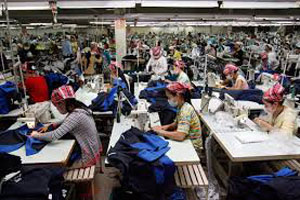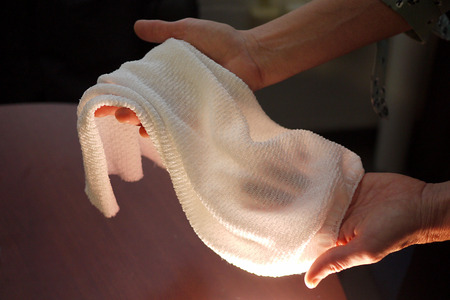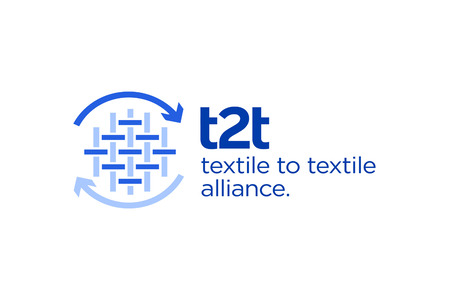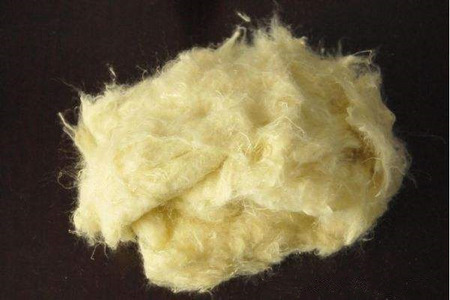
Thai garment exports likely to see flat growth rate in 2015
YarnsandFibers News Bureau 2014-10-27 13:00:00 –Due to the uncertain economic outlook in some major markets , and in the European Union and the United States in particular, Thai garment exports likely to see relatively flat growth in a range of zero to 5 percent next year against expansion of 2-3 percent this year, according to the industry.
Besides deflation in EU countries and concern over the pace of recovery in the US, the forecast also takes into account the loss of EU import-duty privileges for Thai garments early next year.
However, there are still some positive factors, including upcoming regional integration under the Asean Economic Community and rising demand for Thai products in Japan under its policy to rely less on goods imported from China and more on the benefits of the Japan-Thailand Economic Partnership Agreement, under which tariffs are waived on goods from the Kingdom.
According to Thavorn Kanokvaleewong, president of the Thai Garment Manufacturers Association (TGMA), clothing exports would face many challenging factors next year, and that growth could range between zero and 5 percent.
While there were negative factors, mainly concerning the unclear pace of global economic recovery, demand for shipments to Japan and Asean should continue to increase next year.
The association projects that shipments of garments will grow by at least 2 percent to almost US$3 billion (Bt97.2 billion) this year. Three percent expansion would be considered moderate growth.
Thai exporters are accelerating shipments of clothing to the EU this quarter, out of concern over rising import tariffs after the termination of GSP (Generalised System of Preferences) privileges at the end of the year.
In the first eight months of the year, overall clothing exports increased by just 0.86 per cent, or $1.95 billion in value, year on year. Exports to the Japanese, EU and Hong Kong markets rose, while shipments to the US declined slightly.
The loss of GSP privileges should not, however, have a huge impact on Thai garment-makers, as the EU currently waives only 2.4 per cent of the tariff for Thai clothing, against a normal import-duty rate of 12 per cent, said Thavorn.
Furthermore, exporters have already prepared for the GSP loss by expanding their investment in neighbouring countries in Asean, which have lower labour costs, are not losing their EU GSP status, and will offer better prospects for exporting to the EU and US - the Kingdom's two major export markets for garments.
One of the target countries for investment is Vietnam, as it not only benefits from continued GSP status, but will also have a free-trade agreement with the EU and become a member state under the US's Trans-Pacific Partnership Agreement.
Myanmar and Cambodia are also targets for investment by Thai clothing-makers, as both countries have lower labour costs and still benefit from developed countries' tariff privileges, said the association chief.
Vallop Vitanakorn, adviser and committee member of the TGMA, said that more than 30 Thai garment manufacturers had already set up secondary plants in neighbouring countries, mainly in Vietnam and Cambodia, during the past few years. More companies will also expand their business outside Thailand, especially in neighbouring countries.
According to a survey by the association, another 30-50 medium- and large-sized apparel manufacturers plan to expand their operations into neighbouring countries and elsewhere in Asean in the next few years, in a mix of both medium-and large-scale production.
A medium-sized factory in a neighbouring country will entail an investment of about Bt100 million, cover about 3,000 square metres and employ 500-1,000 workers.
Large-scale production, meanwhile, will require about Bt300 million in investment capital for a plant covering 1,000 square metres, and will employ around 2,000 workers, the survey found.
The expansion of Thai garment manufacturing in other Asean countries meant shipments from Thailand would not grow as significantly as in the past, as the manufacturers would instead expand their export business from neighbouring countries. While the manufacturing of garments in neighbouring countries is largely undertaken on an OEM (original-equipment manufacturing) basis, garment-makers would however maintain their brand-name goods production in the Kingdom.
Thai production will focus on serving customers by offering good service and creating new designs.
Market Intelligence
Ask for free sample Report

experience
Customer Base
dedicated team
Countries Served Worldwide









